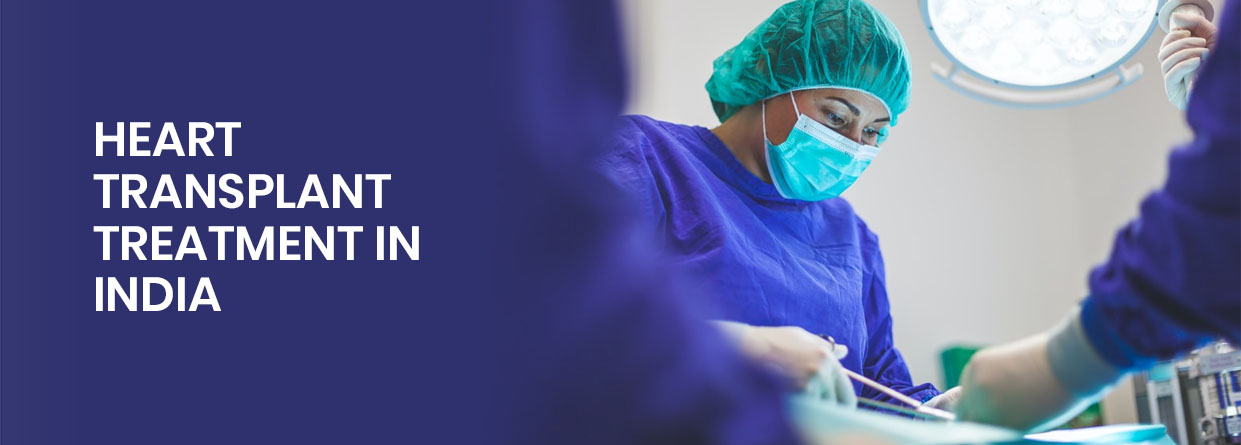What is Hip Dysplasia, its causes, symptoms and potential treatment?
Hip dysplasia is a medical condition in which the hip socket is unable to cover the ball portion of the upper thigh bone. Which means the ball and socket joint doesn't work as it should therefore it inhibits the movement of hip either partially or completely depending upon the situation of the person. Generally most of the people are born with help the dipole is a condition that mean it is congenital but at the same time in gives the opportunity to correct this situation soon after the birth when it is found since the bones are soft and it is easy to correct the defect with the help of proper techniques and mechanism so that it can take its proper shape.
The doctors usually try to put the bone into the
socket to a condition that it does not hurt but in conditions where the damage
is more in those conditions other treatment options are considered by the best Hip Dysplasia Treatment surgery hospitals in India. Usually, hip dysplasia damages the cartilage
lining of the joint and it hurts a soft cartilage known as labrum that injures
the socket portion of the hip joint which causes the labral tear and inhibits
any kind of movement.
What
are the warning signs or symptoms?
The warning signs and symptoms depend upon person to
person but in cases where the condition is congenital in such cases one can
notice the symptoms by physical examination. As usual one leg is longer than
the other. But in most cases when the doctor is unable to recognize hip
dysplasia in such conditions parents usually recognize it when the child is
unable to walk, a limp at one side, one can also find while changing diapers as
the one leg is longer than the other. Once you find such signs and symptoms one
must immediately take medical help as the early the condition is diagnosed the
better Hip
Dysplasia surgery treatment in India are
available. Conditions, where adults or
older people have such conditions, the pain and inability to move, is the only
sign that usually occurs. Some of the sign and symptoms include:
· Unequal length of legs
· Limping of legs
· Pain in the Hip
· Unstable hip joint
· Problem in movement
· Pain while sitting or standing
· Lose hip joint
· In infants the fall of the skin near the thigh of the buttocks
· Popping sensation while movement of hip
What
are the different causes of hip dysplasia?
In cases of infants the hip joint is made of soft
cartilage that turns into a hard bone gradually. The ball and socket need to
work together simultaneously in order to promote movement, they have to fit
together acting as a mold for each other in order to move. During the final
stages of the birth the womb becomes crowded and in some cases the ball and the
hip joint dislocation from its position that causes hip dislocation. Usually,
in cases where the size of the womb is reduced, in cases where there is a first
pregnancy, breech presentation or large baby and also in cases of multiple
pregnancy.
Potential
Treatment:
Hip
dysplasia can be treated in the following:
Physical therapy: Exercise can help in strengthening
the joint, to improve the flexibility of the joint in minor cases.
Brace: Braces are used for babies that are under six
months of age and the doctor uses them in order to hold the joint in place
while the child grows.
Surgery: It is required where there is no other option
other than repairing the hip joint in such cases medical procedures such as
arthroscopy is used in order to restore the artificial hip joint by total hip
replacement.
How
can we help?
In case you are diagnosed with Hip Dysplasia, we will
connect you with the best doctors and surgeons who specialize in treating
injuries or complex cases with affordable Hip Dysplasia Treatment surgery cost in India.
Our team will provide you with step by step guidance and support throughout
your treatment. We will also provide:
· Expert Doctors
· Therapists
· Rehabilitation
· 24*7 assistance
· Coordinated care and support
· Medical travel arrangement
· Surgeons
· Assist in accommodation
· Provide trained health experts




Comments
Post a Comment